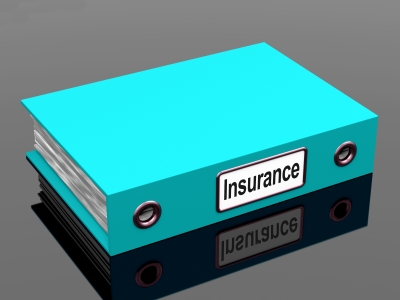Being a national life insurance broker for multiple companies, I speak to a lot of different folks every day. The average person has a lot of questions when it comes to purchasing life insurance. One common question is what is a contingent beneficiary and why do I need that? First we need to breakdown the three types of beneficiaries.
The dictionary defines beneficiary as a person who receives benefits, profits or advantages. Very simply put your beneficiary is the person you want to receive the proceeds or money of your life insurance policy when you die. The first is the primary beneficiary who is first in line to receive benefits. This can be one person or several. The key to leaving money to more than one person is to remember almost all life insurance companies use percentages and it must equal 100%. For example, you have three children to leave money in equal shares. This means the percentages would be 33.333% which is not allowed by insurers. You must leave one child 34% and the other two 33% in order to equal the required 100%. There is practically no limit to how many primary beneficiaries you may have. The most common is a spouse which is usually left 100%.
The next level of beneficiary is the contingent beneficiary. The contingent beneficiary is used if the primary beneficiary dies before or with the insured. An example of using a contingent beneficiary would be if family man had left his wife as the primary beneficiary at 100% and they were both killed in an automobile accident together. There would be a need for a contingent beneficiary. The most common contingent beneficiary is children. In this example the proceeds would be paid to the surviving children. Without naming a contingent beneficiary the proceeds would be left to the estate. This can tie up money in probate courts for an extended period of time. This can also add life proceeds to an estate and cause them to be taxed. Ordinarily life insurance proceeds are tax free if left to a named beneficiary. In cases of larger estates this can be a very costly mistake.
The last level of beneficiary is the tertiary beneficiary. The tertiary beneficiary is used if both primary and contingent beneficiary were to die before or with the insured. I will say that having a tertiary beneficiary is not commonly used like a contingent beneficiary. An example of a tertiary beneficiary would be necessary would be if an entire family were to perish in an accident such as a plane crash or house fire. Again without a tertiary beneficiary the life insurance proceeds would be left to the estate. The beneficiary of the estate would be dictated by the wills of the family.
When purchasing life insurance carefully consider how you set up the beneficiaries. Be sure your will is up to date. Always contact your life insurance agent or company of any changes in marriage, adding children or a death of a beneficiary. We recommend using a life insurance broker to help you keep up with these issues to avoid costly mistakes for your loved ones.
“After the clouds, the sunshine; after the winter, the spring; after the shower, the rainbow; for life is a changeable thing. After the night, the morning, bidding all darkness cease, after life’s cares and sorrows, the comfort and sweetness of peace”.– Helen Steiner Rice
Image by Stuart Miles at www.freedigitalphotos.net
Tim Wilhoit is owner/principal of Your Friend 4 Life Insurance Agency in Nashville, TN. He is a family man, father of 3, entrepreneur, insurance agent, life insurance broker, salesman, sales trainer, recruiter, public speaker, blogger and team leader with over 27 years of experience in sales and marketing in the insurance and beverage industries.



“Tertiary” Beneficiary… I took Latin in high school.
TJ, I wrote about the tertiary beneficiary as well. I guess I’m not sure of your comment.
Thank you for sharing this information
Who do you add as a contingent beneficiary if you children die before you?
Karen, that is a great question with no right or wrong answer. I have seen a list of different contingent beneficiaries on policies. Some list their parents, cousins, uncles, aunts, best friends, churches or even their favorite charity. Truth is you do not have to list a contingent beneficiary if you only need a primary beneficiary. If you do not have a reasonable primary beneficiary it may be time to consider dropping your life insurance plan.
Like most people, I too was unclear on the different beneficiary levels. Thank you.
Thanks Tim. My response was going to the estate. I learned something today or at least was reminded of something I may have known at one time but forgotten. Tertiary, let me repeat that a few times and hope it sticks.
Eric and Robyn, I really appreciate your kind words and always glad to write something useful.
Anyone with a life license that does not know should surrender said license voluntarily immediately.
Bill you might be surprised at things I have seen,
Tertiary beneficiary. Though not common the law gives a window for the third level next of keen to lay claim if contingent beneficiaries on whom they depend or can lawfully inherit have passed on. Tertiary beneficiary’s details may be indicated in a special clause on the policy or a special/formal document be attached to.